Mastering Market Timing: Using the Works of L.M. Lowry and R.D. Wyckoff to Identify Key Market Turning Points
$23.44
| Author(s) | , |
|---|---|
| Product Type |
Ebook |
| Format |
|
| Skill Level |
Intermediate to Advanced |
| Pages |
223 |
| Publication Year |
2012 |
| Delivery |
Instant Download |
Mastering Market Timing by Richard A. Dickson and Tracy L. Knudsen is a professional-level guide that bridges classical Wyckoff principles and modern Lowry market analysis to help traders identify major market tops and bottoms before they occur. The authors, both senior analysts at Lowry Research, explain how to interpret market breadth, demand/supply dynamics, and investor behavior to accurately anticipate turning points in equity markets.
The book combines Wyckoff’s price-volume logic with Lowry’s statistical breadth measures, presenting a unified approach to understanding how internal market strength (demand) and weakness (supply) evolve over time. Readers learn to track the balance between buyers and sellers through tools such as the Lowry Buying Power Index, Selling Pressure Index, and 90% days, gaining a measurable framework for timing entries and exits.
Through numerous historical examples — including the 2000 and 2008 bear markets — Dickson and Knudsen show how these classic concepts remain powerful in today’s data-driven world. Mastering Market Timing is not about prediction; it’s about recognizing the evidence that precedes every significant market move. It equips traders, analysts, and portfolio managers with a disciplined system rooted in market structure and investor psychology.
✅ What You’ll Learn:
- How to apply Lowry’s Demand/Supply Analysis to detect underlying market shifts.
- Wyckoff’s cause-and-effect logic for identifying accumulation and distribution phases.
- Methods to evaluate Buying Power and Selling Pressure indices in real time.
- How to recognize 90% up/down days as confirmation of major market turning points.
- Integration of breadth and momentum indicators to confirm trend reversals.
- Practical examples from multiple market cycles and timeframes.
- Techniques to strengthen portfolio allocation and risk management during transitions between bull and bear phases.
💡 Key Benefits:
- Gain a quantitative framework for market timing based on price-volume relationships.
- Combine classical Wyckoff principles with modern Lowry analytics for greater accuracy.
- Improve awareness of market internals to confirm or contradict price trends.
- Identify potential reversals early, protecting gains and avoiding drawdowns.
- Learn from real historical examples verified by Lowry’s century-long market data.
👤 Who This Book Is For:
This book is intended for intermediate to advanced traders, portfolio managers, and market analysts who want to integrate institutional-grade timing tools into their decision-making process. It’s ideal for those familiar with technical and volume analysis and seeking a structured, evidence-based approach to timing market cycles.
📚 Table of Contents:
- Richard D. Wyckoff and Lyman M. Lowry: The Analysts and Their Methods
- How Major Market Tops Form: Part I, The Preliminaries
- How Major Market Tops Form: Part II, The End Game
- How Major Market Bottoms Form: Part I, Panic and Capitulation
- How Major Market Bottoms Form: Part II, Accumulation and Breakout
- Building a Cause: How R.D. Wyckoff Uses Point and Figure Charts to Establish Price Targets
- Identifying Major Market Tops and Bottoms: Other Tools to Consider
- The Curious Case of the 2000–2001 Market Top and Demise of the Secular Bull Market
- A Wyckoff/Lowry Analysis of the 2000 Market Top
- Where Are We Now?
- Putting It All Together
Mastering Market Timing By Richard A. Dickson and Tracy L. Knudsen
8 reviews for Mastering Market Timing: Using the Works of L.M. Lowry and R.D. Wyckoff to Identify Key Market Turning Points
Clear filtersOnly logged in customers who have purchased this product may leave a review.

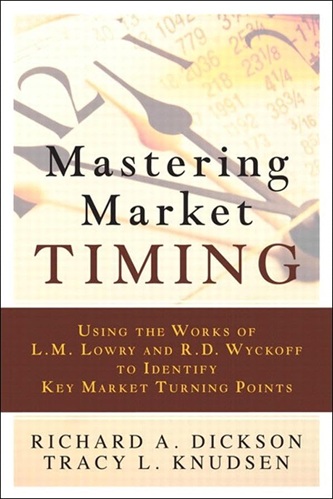
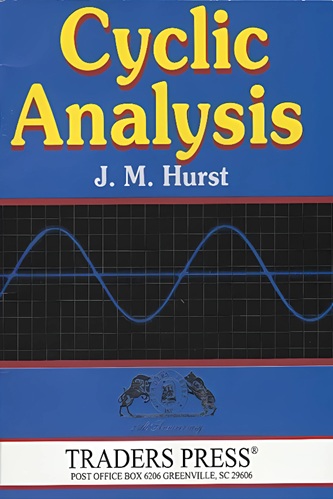

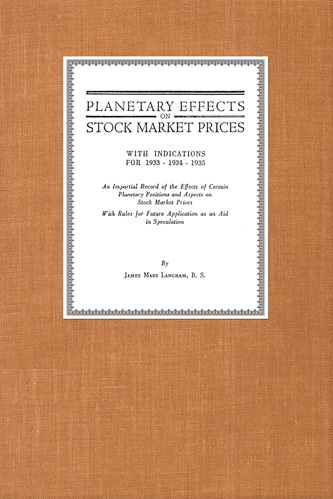
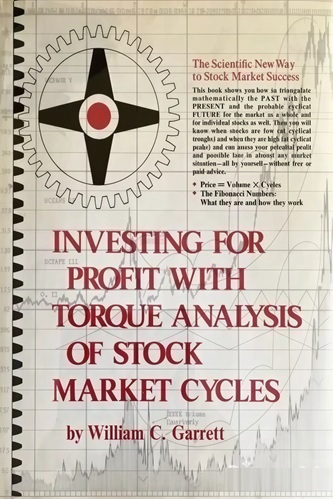


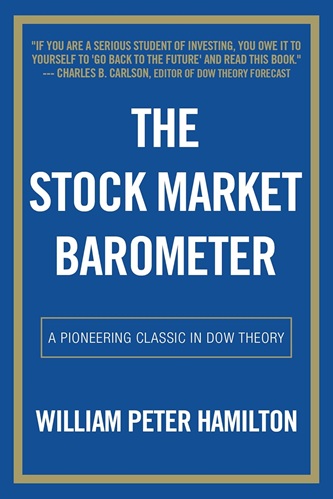
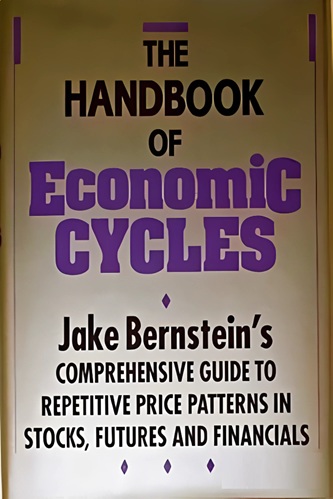
Colette Nguyen (verified owner) –
Dickson and Knudsen have given us a straightforward manual on the proven techniques of two giants in the field of Technical Analysis: L.M. Lowry and R.D. Wyckoff. This is a clear exposition about how to identify the major trends and how to profit by them. They take the ‘fear and greed’ away and leave objective rules. For example, Dickson and Knudsen explain ‘90% up days’ and ‘90% down days,’ an indicator long attributed to the Lowry service. The notion of ‘operating company breadth’ and the percentage of stocks above their 30-week moving averages, frequently mentioned in the Lowry service, are fleshed out. Tops and bottoms are processes; the book explains the evolution of tops and bottoms, using the major swings in the first decade of the 21st Century for examples. The Wyckoff notion of ‘cause and effect’ is detailed using Point & Figure charts. I recommend Mastering Market Timing for professionals trying to outperform their benchmarks and individuals trying to boost the returns in their IRAs and 401k’s.
Jakari Lindsey (verified owner) –
Richard A. Dickson and Tracy L. Knudsen deserve high-fives and extra kudos for making a significant and distinct contribution to the understanding and the application of the Wyckoff Method of technical market analysis…In my quest to understand the essence of Wyckoff, I frequently became stymied by the ambiguity of simple bar charts of price and volume when trying to decipher the relative impact of demand vs. supply in a given price action. But now, thanks to this book by Dickson and Knudsen, the separate measurements of demand and supply using Lowry’s indicators of Buying Power and Selling Pressure offer the breakthrough I’ve needed. I now have the deeper, clearer, more efficacious grasp on the Wyckoff Method that I’d been seeking
Elaina Ferguson (verified owner) –
Mastering Market Timing deals the ‘market timing doesn’t work!’ myth a mortal blow as Dickson and Knudsen combine–for the first time–the decades-old and oft-validated methodologies of market legends L.M. Lowry and Richard D. Wyckoff to explain how major stock market tops and bottoms are formed. Serious investors are taught how to recognize major tops and bottoms in the stock market as they unfold and thereby significantly improve their long-term returns. Mastering Market Timing is destined to become an invaluable reference to help investors identify future major tops and bottoms.
Miguel Fitzpatrick (verified owner) –
Combining the knowledge, skill, and forecasting ability of legendary stock market analysts Richard D. Wyckoff and Lyman M. Lowry into a systematized market-timing model, Dickson and Knudsen have produced a landmark book that is useful not only to market historians, but also to those wishing to follow in the footsteps of the aforementioned masters
Keith Maldonado (verified owner) –
excellent book understand this and you’ll be more than two thirds there. Other third isn’t in books though
Gabriel Fuller (verified owner) –
I think the premise of Mastering Market Timing by Dickson and Knudsen is correct. One must be able to time the market’s large swings from a long term bear (down) market to a long term bull (up). Buying and holding can lose a person every cent they have made, and then some. I know this from personal experience. I was making pretty good money until the bear market of 2000 set in. Like a fool I listened to the eternal bull Louis Ruykhiser (sp) and his like thinking analyst. The result was a tremendous loss. Why? I missed the fact that a long term bear market had set in and I believed the “buy and hold” crowd.
Mastering Market Timing uses techniques set forth by Lowry and Wyckoff who had rejected the Dow Theory and other methods of analysis and turned instead to supply and demand as the basis for timing the market. This book lets the reader know what signs signal a market top and a market bottom so an investor can enter or exit the market in a timely manner thus avoiding the crippling losses that come with a major long term market move to the downside. It is key to the theories of Lowry and Wyckoff that within long term bear and bull markets an opposite trend may set in for a short time (months) before a return to the overall controlling pattern of bear or bull is reestablished.
Major market bottoms and tops form in steps, say the authors. The bottom is formed by first experiencing preliminary support, then a selling climax, then an automatic rally, then a secondary test, and finally a shakeout. This is an idealized bottom using Wyckoff terminology but the reader can easily see that the market at its bottom goes through a series of identifiable steps that, once spotted by the investor, tells him that the end of the bear is at hand. The same goes for the market top.
The problem is, I don’t really understand how this can be extremely useful because EVERY TOP and EVERY BOTTOM IS UNIQUE. The book clearly points out that many times false signals are sent and the investor must be aware of this and take these false signals into account before investing or changing an investment. Also, as the reader can see, most of these signals are based on psychological factors and any time human psychology comes into play nothing is set in stone.
This is too complex for me to follow and too unpredictable to base the investment of my small amount of investment capital in.
The authors need to compare their methods to something like the 200 day and the 50 day moving averages crossovers. I assume the more complex method found in the book will work better but will the crossover method work nearly as well?
I think the best part of the book is the “Where Are We Now” chapter (the last chapter). It shows just how tricky calling the market can be. Of course that chapter will grow stale very quickly, but as of September 2011 it is very interesting reading.
Annabella Le (verified owner) –
This is history book, at best, and sales brochure, at its worst. It even states that the indicators used to make decisions are proprietary. No equations or facts are given to allow a reader to re-produce the charts and graphs. Anyone could draw graphs where the lines cross and state, “See? The indicator called the change.” What a waste of money buying the book and a waste of time reading it. Save your money for a REAL stock market book, not just a book trying to market an unproven product.
Oakley Whitaker (verified owner) –
If you want to learn how to identify stock market tops and bottoms, then this may be exactly the sort of book you’re looking for. It is a text with the sole purpose of showing you a set of techniques for spotting tops and bottoms as they are developing and estimating how far the reversal trend may go.
This is, however, very much a stock market oriented study. Some specific techniques included can be applied in other markets, as they are based on charting methods, but since volume and advance/decline information is also used, the unified approach outlined is not universally applicable across markets. Also, these methods are applied to daily time frame charts and higher, so they won’t be of much use on a day-to-day basis for short-term traders.
As the subtitle indicates, the methods presented are based on those developed by Lyman Lowry and Richard Wyckoff. The latter name is one many technical traders and analysts are likely to know (Law of Supply and Demand, Law of Cause and Effect, Law of Effort vs. Result), but the former probably not as much. Both men developed their approaches to market analysis in the first half of the 20th century. Wyckoff’s focus is more on price/volume patterns, while Lowry brings market breadth into the equation. There is also a discussion of Point & Figure analysis. It’s mainly limited to use for projections, however, one should not expect a full education on the subject.
The book does a very good job of explain how these methods are used, both singularly and in combination. Market tops and bottoms going back to 1966 are examined in detail, providing the reader with ample opportunity to see how they work with real charts, not just idealized models. As such, I think Mastering Market Timing is an excellent educational resources for learning how markets form tops and bottoms and act during trending periods and will give it top marks for its intended purpose.